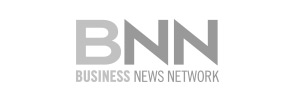by James Kwantes
Editor, Resource Opportunities
October 26, 2018
It’s 1:15 p.m. on a sunny Friday afternoon in Vancouver and I arrive a little early for a downtown meeting with Westhaven Ventures (WHN-V) chairman Gren Thomas. A short elevator ride at Granville and West Hastings takes me to Westhaven’s modest offices on the 10th floor, where I let myself in and drop by CFO Shaun Pollard’s office.
Inside, Pollard and veteran geologist Ed Balon — Westhaven’s technical director — are talking rocks and stocks. Westhaven shares rose 36% on the day to an all-time high close of 94 cents. Teamwork: Balon was key to identifying the Spences Bridge epithermal gold belt, which hosts Shovelnose, outside of Merritt, and Westhaven’s other projects: Prospect Valley, Skoonka and Skoonka North. Pollard runs a tight treasury ship in a sector with its share of (adrift) lifestyle companies.
And it’s at Shovelnose where a high-grade intercept of 17.77 metres of 24.50 g/t gold in hole 14 sent Westhaven shares — which traded between one and three nickels for years until this spring — rocketing from 37 cents to 81 cents on Oct. 16. This is a junior mining market where momentum flows to companies that can hit rich intercepts of high-grade gold. Westhaven has become one of them.
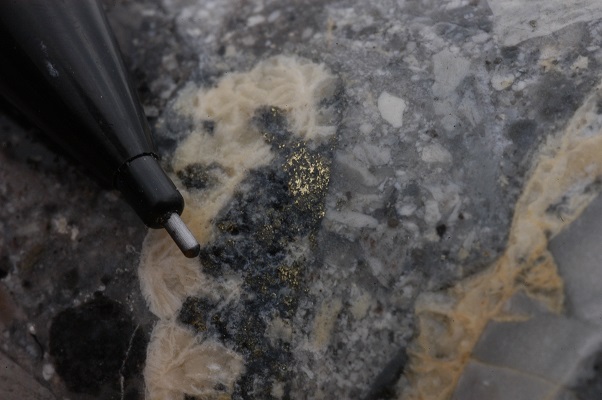
Gren arrives at the office. The soft-spoken mine finder made his reputation and fortune when his Aber Resources discovered Diavik, Canada’s second diamond mine. But these days, it’s mostly gold on his mind.
He comments with a chuckle that he’d had a nap earlier in the day and been surprised when he awoke to see the large stock increase. Making a few million dollars while he slumbers … that’s the new normal for Thomas, who owns (directly and indirectly) almost 30% of Westhaven’s shares. But it’s not like he’s sitting around counting his winnings — the veteran prospector was uncertain and low-balled his stake in the company when asked about it.
Take Resource Opportunities for a test drive and profit from under-the-radar investment ideas before they go mainstream. Use coupon code “CEO” to collect US$100 in savings and subscribe for one year at US$199 (regular $299) or for two years at US$349 (regular $449). Subscribe today!
The Westhaven surge is a reversal of fortune for Thomas, who got his share position by bankrolling the company, keeping it afloat through years of struggle and shoestring budgets. Thomas is Westhaven’s chairman and his son Gareth runs the company as president and CEO. Gareth, who was out of the office for interviews, owns 3.3 million shares, a 4.2% stake.
“What are we going to do with all this paper, paper the walls?” Gren says, recalling earlier days of backstopping the operation.
He fills me in on the small, persistent band of believers who were convinced there was high-grade gold at Shovelnose. Central to early-stage exploration was Balon, who discovered Skoonka and found a boulder at Shovelnose in the mid-2000s that ran 100 g/t gold. That was while both projects were still in Strongbow Exploration (SBW-V), where Thomas is also chairman. A 50-metre intercept of 0.5 g/t gold provided further encouragement.

“There were a lot of small programs, but frustrating. We would go back every year thinking we would find more the next year. But we were basically prospecting with a drill. There is lots of cover there, right.”
“We were talking to major companies and they were not remotely interested.”

The majors are interested now, and so are plenty of others. Gren’s cellphone rings in the pocket of his jacket, which is draped over a chair. He apologizes for pausing the interview and walks over to take the call. It’s Peter Brown, the Canaccord cofounder and Howe Street legend — and Westhaven shareholder. Brown, too, is eager to know when assays for hole 15 will arrive (anytime) and when the next drilling starts (early November).
Hole 14 was the intercept that lit a fire under Westhaven shares. Hole 15, 100 metres southeast of 14, hit a 20-metre quartz vein and contains visible gold. Assays are pending and could land at any time. The core for hole 14 contains ginguro bands, a distinctive black sulphide that is sprinkled with visible gold. The latest core looks very similar to the mineralization at Hishikari (Sumitomo), a Japanese gold mine with some of the world’s highest grades, at 40 g/t gold. Exploration manager Peter Fischl also sees parallels to Kupol (Kinross), a large high-grade mine in Russia’s Far East. Both Hishikari and Kupol are world-class epithermal gold deposits. Shovelnose is a speculative, earlier-stage project, but the potential is tantalizing.
A turning point, Gren relates, was when exploration manager Peter Fischl — attempting to zero in on the “heat zone” — targeted a valley with a creek that hosted heavy clay alteration. Hole SN17-06 intersected 85 metres of 0.52 g/t Au. Higher-grade intercepts followed earlier this year, including 17.7 metres of 3.9 g/t Au.
“We still couldn’t get any interest. We’ve got the boulders, we’ve got the showings, we’ve got these intersections — there’s a lot of gold here.”
“One company even went so far as to say, ‘There are no mines here. Why are there no mines?’ ”
“Well, because nobody has found one yet,” Gren says with a laugh.
Westhaven Ventures (WHN-V)
Price: 0.94
Shares outstanding: 85 million (92 fully diluted)
Market cap: $80 million
There are also new developments in the other two companies where Gren is chairman: Strongbow Exploration (SBW-V) and North Arrow Minerals (NAR-V). He is preparing to fly to the U.K. with Strongbow CEO Richard Williams to work on fundraising and an AIM listing for Strongbow, which is developing the high-grade South Crofty tin project in Cornwall. An Oct. 17 deal with Orion Mine Finance should help on that front — the well-known mining group agreed to finance Strongbow to the tune of US$3 million in conjunction with the AIM listing, which is expected before the end of the year. Thomas owns 5.133 million Strongbow shares, a nearly 6% stake.
There are large pools of capital in London for U.K. mining projects, which Williams and Thomas plan to tap into. There is also renewed interest in Cornwall and tin mining thanks to a popular British television series called Poldark. One participant in a recent tourist walking tour of Cornwall turned out to be a fund manager who was interested in Strongbow and South Crofty.
Strongbow is the “mother ship” of Gren’s three companies: diamond play North Arrow Minerals was spun out of Strongbow in 2007 and Westhaven optioned its Spences Bridge gold belt properties from the company. The deals for Shovelnose and Skoonka have left Strongbow with a 2% royalty on Shovelnose as well as 3.1 million Westhaven shares. Those shares are now worth almost $3 million — a not-insignificant total for a company with a market capitalization of about $14 million. “It’s funny how things morph,” Thomas remarks of Strongbow’s pivot from gold to tin.
Strongbow has a mining permit that is valid until 2017 and the company is currently building a dewatering plant to treat water from the old mine workings. The project was financed by the $7.17-million sale of a 1.5% NSR to major shareholder Osisko Gold Royalties, which owns a 27.5% stake.
Strongbow Exploration (SBW-V)
Price: 0.16
Shares outstanding: 86.6 million (127.4M fully diluted)
Market cap: $13.9 million
As for North Arrow Minerals, the diamond play is awaiting microdiamond and till sample results from Mel in Nunavut, where it discovered the diamondiferous ML-8 kimberlite last year. This season North Arrow drilled a new kimberlite (ML345), expanded on ML-8 and collected 224 kg of kimberlite for microdiamond analysis.

One of the main focuses of North Arrow CEO Ken Armstrong is getting a road permitted from the town of Naujaat to the Q1-4 kimberlite, which hosts a population of valuable yellow-orangey diamonds.
Completion of a road would dramatically cut the costs of collecting a large bulk sample to get a better sense of diamond values at the 12.5-hectare kimberlite, which is near tidewater. A road to the community, which is very supportive of the idea, would also potentially allow the construction of a small test mill in Naujaat.
“A major should take this on, because they take a longer-term view of it,” Gren says of Naujaat. “It’s the perfect place for a mine, near the coast.” He owns more than 10.5 million North Arrow shares, an 11.5% stake.
North Arrow Minerals (NAR-V)
Price: 0.14
Shares outstanding: 92.8 million (128.9M fully diluted)
Market cap: $13 million
“We’re quite confident that we’re doing the right things,” Thomas says of progress at Strongbow and North Arrow. “We just wish the markets would show more interest.”
That’s no longer a problem at Westhaven, with shares sitting just shy of a dollar as investors anticipate assays for hole 15. Warrant exercises have topped up the treasury, which sits north of $1.5 million. That’s enough for the next drill program, which is imminent, and it removes the need to finance under a dollar — something Gren is loathe to do.
While Westhaven’s fortunes have changed, its corporate culture will not, Gren pledges. “Gareth and I were talking about it, and I told him – ‘We under-promise and over-deliver.’ So no bullshit. It’s funner and you get a lot fewer phone calls from angry shareholders.”
There aren’t many of those these days, and Westhaven’s share structure all but ensures higher prices IF the company can keep hitting high-grade gold. Management own about 40% of shares, the Plethora Precious Metals Fund owns 16% and friends and family (including Gren’s daughter Eira Thomas) own another 10-15%. Those high ownership levels keep the supply of shares low during a period of rising demand for the stock.
Related reading: West Vancouver diamond pioneer Gren Thomas still in hunt for gems, Vancouver Sun
Disclosure: James Kwantes owns shares of Westhaven Ventures, Strongbow Exploration and North Arrow Minerals and covers each company in his newsletter, Resource Opportunities. North Arrow is a sponsor of the newsletter. This article is for informational purposes only and should not be considered financial advice. All investors need to do their own due diligence.
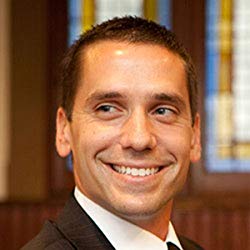
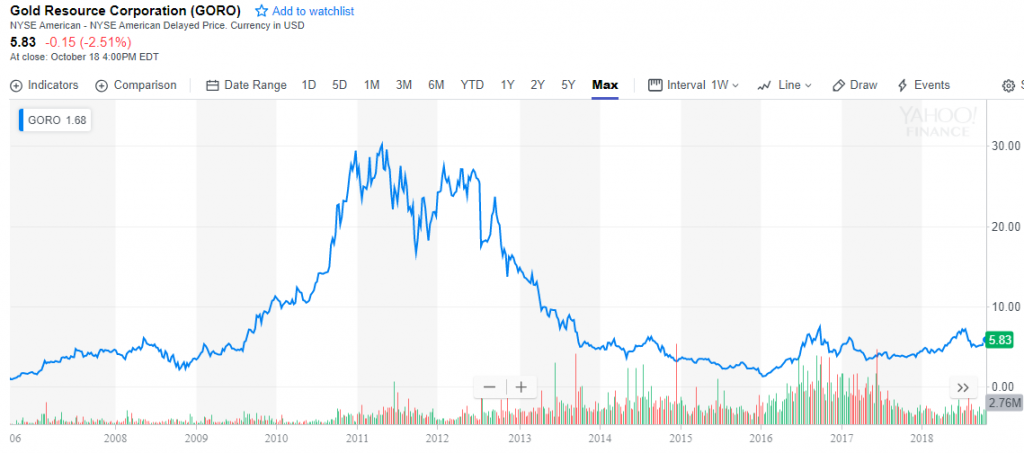
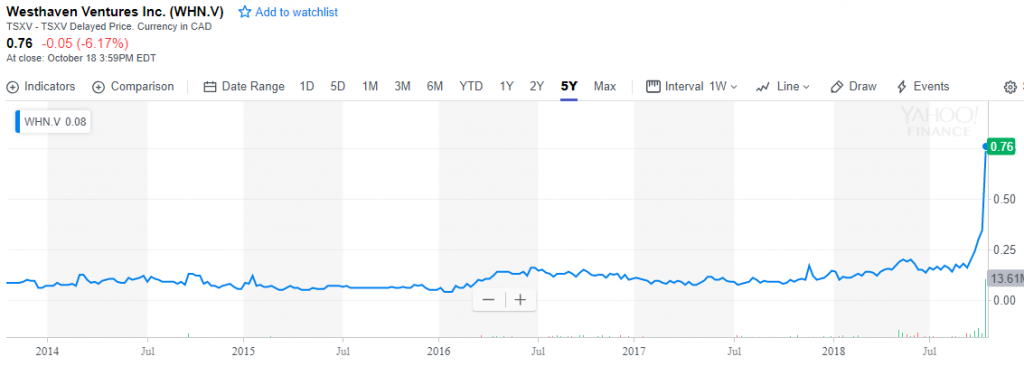
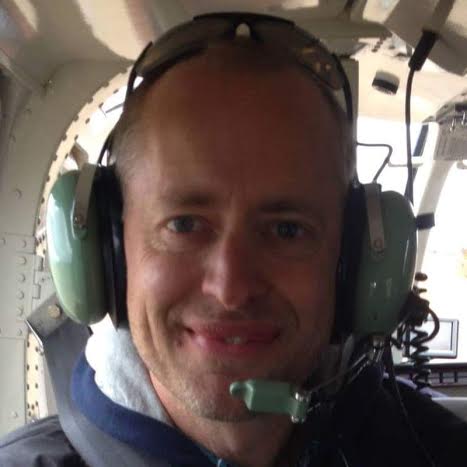 James Kwantes is the editor of Resource Opportunities, a subscriber supported junior mining investment publication. Mr. Kwantes has two decades of journalism experience and was the mining reporter at the Vancouver Sun. Twitter:
James Kwantes is the editor of Resource Opportunities, a subscriber supported junior mining investment publication. Mr. Kwantes has two decades of journalism experience and was the mining reporter at the Vancouver Sun. Twitter:  Resource Opportunities (R.O.) is an investment newsletter founded by geologist Lawrence Roulston in 1998. The publication focuses on identifying early stage mining and energy companies with the potential for outsized returns, and the R.O. team has identified over 30 companies that went on to increase in value by at least 500%. Professional investors, corporate managers, brokers and retail investors subscribe to R.O. and receive a minimum of 20 issues per year. Twitter:
Resource Opportunities (R.O.) is an investment newsletter founded by geologist Lawrence Roulston in 1998. The publication focuses on identifying early stage mining and energy companies with the potential for outsized returns, and the R.O. team has identified over 30 companies that went on to increase in value by at least 500%. Professional investors, corporate managers, brokers and retail investors subscribe to R.O. and receive a minimum of 20 issues per year. Twitter: 
